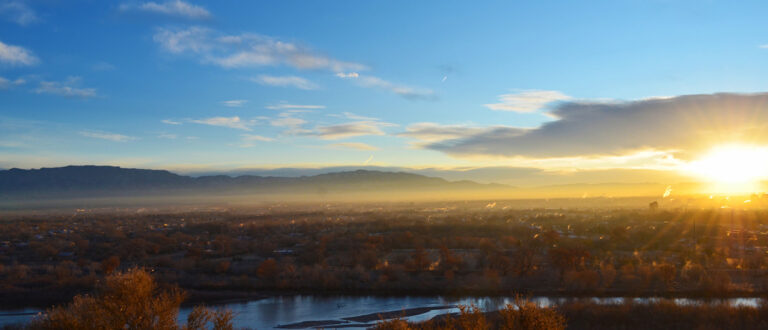A New Public Safety Department
Mayor Keller’s New Public Safety Department Could Reduce Burden On Cops


Are we seeing the sunrise on a bright new future for Albuquerque?
CABQ.gov




